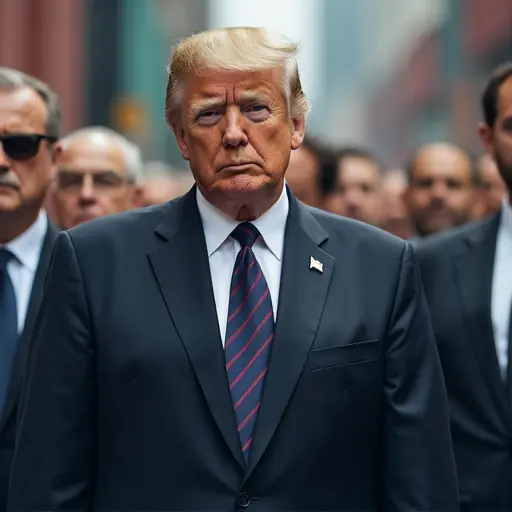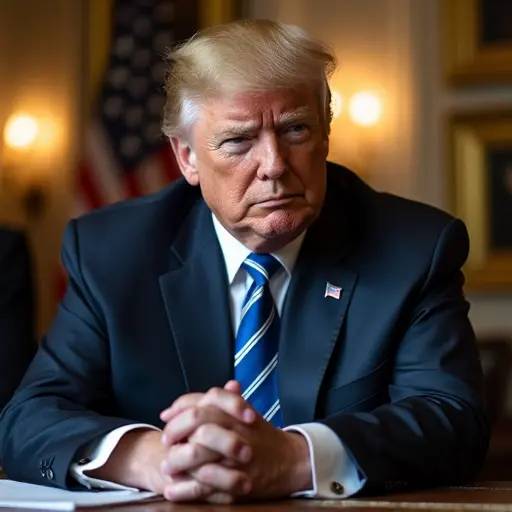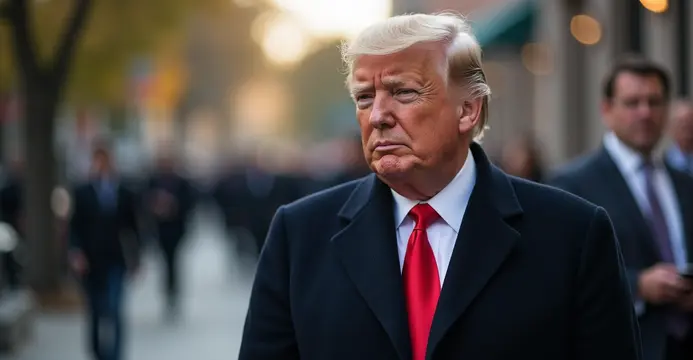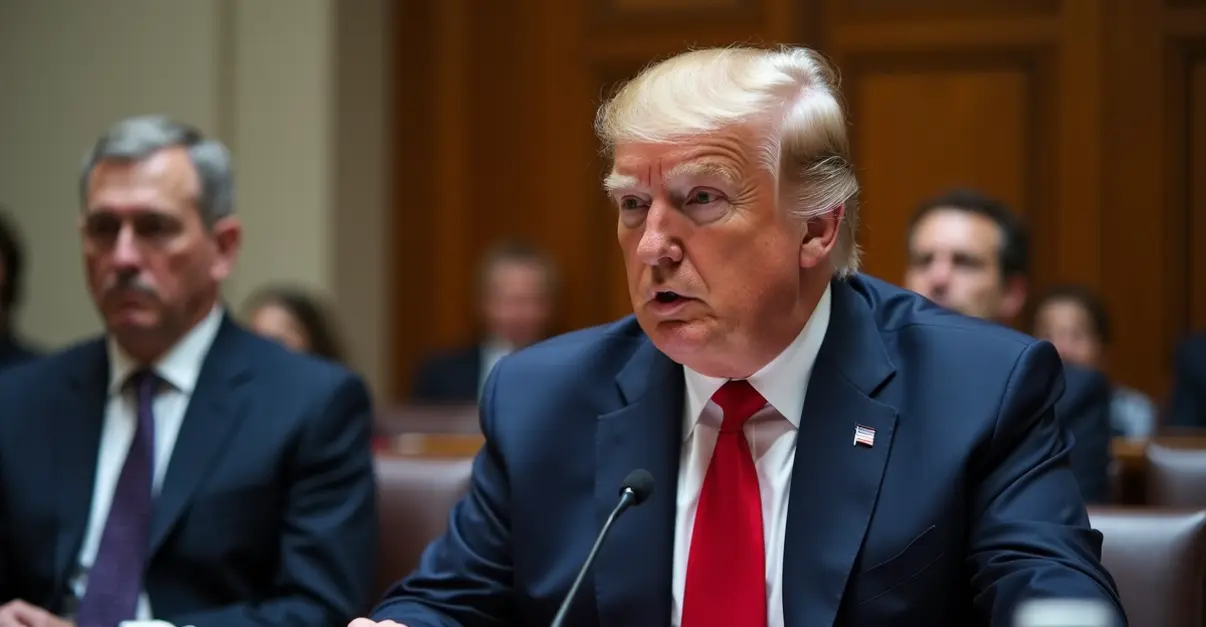
The first few months of Donald Trump's presidency have been turbulent for trade. Exporting companies struggled to keep up with the announcements of import tariffs, and even the US customs still cannot process all the tariffs.
Last night, Trump announced his intention to increase tariffs on steel and aluminum from 25 to 50 percent starting Wednesday. Where do we stand now? The NOS breaks it down with five questions.
What's the deal with these tariffs?
The US president has never made a secret of his belief in tariffs. He uses them not only to correct what he sees as an unfair trade balance with other countries but also as an ideal way to fill the state coffers.
Wednesday, April 2, was dubbed 'Liberation Day' by the president. It was supposed to be the day the US would no longer be bullied by countries that mainly sell products to the US and buy little in return. But Trump has been just as quick to roll back tariffs as he has been to announce them. At one point, there was a tariff of as much as 150 percent on all products from China.
That high tariff brought trade between the US and China to a virtual standstill. The two countries recently decided to return to the negotiating table, and the tariff on Chinese products was lowered to 30 percent.
Products from the EU were initially to face a 20 percent tariff, but this import tax was paused for 90 days.

 Nederlands
Nederlands English
English Français
Français Deutsch
Deutsch Español
Español Português
Português







